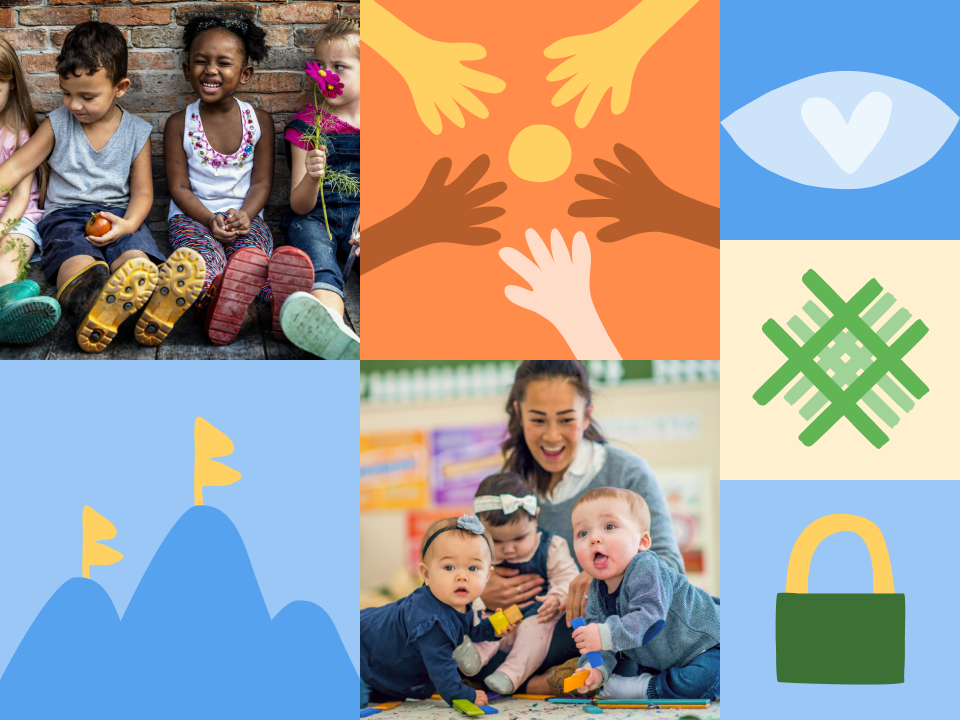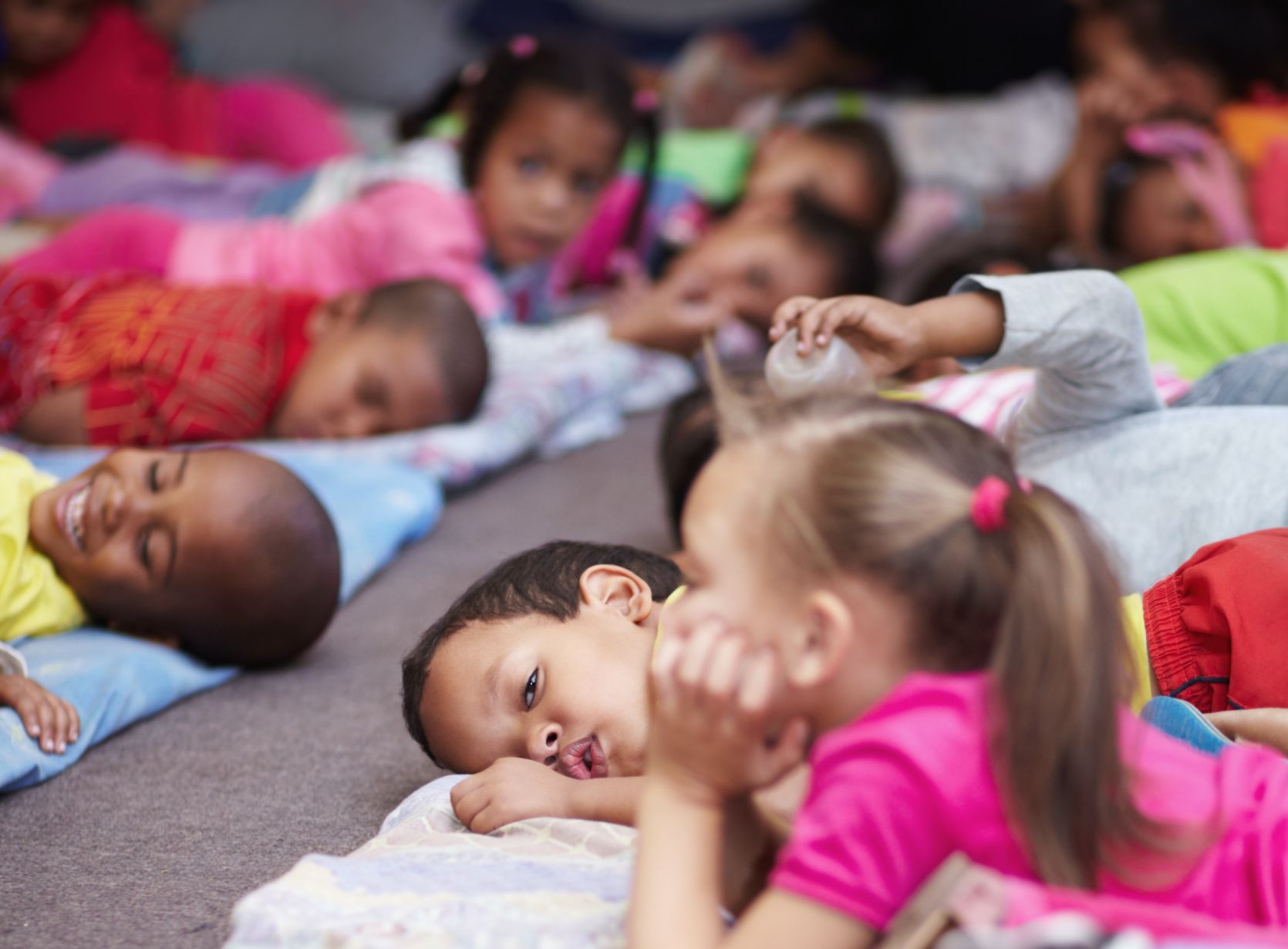Unlocking Creativity and Imagination with a Child-Centered Approach
As an early childhood educator, you might have come across the term ‘provocations’ and wondered about its implications in your childcare or preschool setting. Originating from the Reggio Emilia Approach, provocations are incredible tools for learning, offering a wealth of opportunities to stimulate young learners’ creativity, initiative, and imagination.
What Exactly Are Provocations in Early Childhood Education?
In essence, provocations are open-ended activities designed without a predetermined outcome. These experiences, initiated by the teacher but with no end product in mind, are crafted to ignite curiosity and inspire exploration, whether children are working independently or collaborating in groups. As defined by Journey into Early Childhood, provocations are “deliberate and thoughtful decisions made by the teacher to extend the ideas of the children,” allowing them to develop vital skills such as inventiveness, flexibility in thinking, and the ability to reflect and plan.
Implementing Provocations in Your Teaching Practice
The balance between child-led and teacher-led learning is a subject of ongoing discussion among early childhood educators. Unlike traditional, outcome-based learning activities, provocations encourage an open-ended style of engagement. They are thoughtfully set up with the intention to spark thinking, using a variety of materials that children can connect in myriad ways. The focus here is on nurturing learner dispositions rather than teaching specific skills, fostering an environment where there is no ‘wrong’ way to explore.
Creating Effective Provocations
What makes a successful provocation? Engaging reflective teaching strategies, to wonder about the ideas, needs, and interests of the children will serve as your starting point for provocations. Educators set up a beautiful and inviting scenario using a variety of elements such as nature-based materials, loose parts, and tinker trays to inspire creativity. The most effective provocations are those tailored by teachers who take the time to understand what resonates with their learners and encourage collaborative engagement.
Items to Consider for Your Provocations:
- Engaging visuals like photos or books
- Natural elements or specimens
- Conceptual themes (changing seasons, light, gravity)
- Familiar materials presented in new ways
- Children’s interests
- Unique objects (magnets, maps)
- New creative mediums
- Thought-provoking questions
For more insights into ‘Reggio Inspired’ practices, resources from platforms like Let the Children Play, Racheous: Respectful Learning & Parenting, and Fairy Dust Teaching offer a wealth of information. These include ideas for creating Reggio-inspired learning environments, both indoors and outdoors, as well as suggestions for materials and experiences.
If you’re seeking further information on the Reggio Emilia Approach, organizations such as Reggio Children, Reggio Emilia Australia Information Exchange, North American Reggio Emilia Alliance, and Reggio Emilia – Aotearoa New Zealand are excellent resources.
In conclusion, provocations in early childhood education are not just activities; they are gateways to a world of exploration and discovery. By integrating these into your teaching practice, you open up endless possibilities for your young learners to develop, imagine, and grow.


